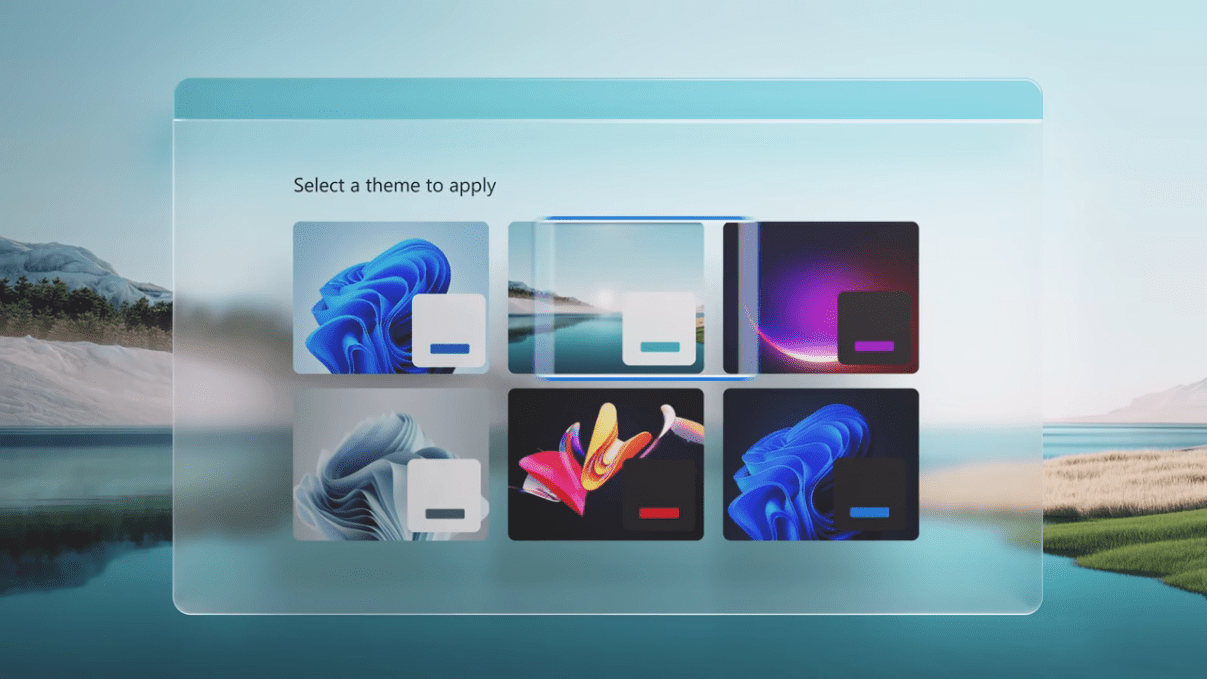Software as a service — Israel to end licensing agreement with Microsoft
“According to the Finance Ministry, Microsoft is trying to shift Israel from a licensing system where it owns the software and can use the software as it wishes, to a subscription system that is similar to renting.
The ministry noted that the change, which includes moving data to the cloud, does not meet the government’s needs. It said the state had been negotiating with Microsoft officials in Israel for a year to no avail.
Microsoft in Israel declined to comment.” — Reuters
Windows 10 just might be the very end of any competitive Operating System builds from Microsoft.
Microsoft was founded by Bill Gates and Paul Allen on April 4, 1975, to develop and sell BASIC interpreters for the Altair 8800. It rose (sic) to dominate the personal computer operating system market with MS-DOS in the mid-1980s, followed by Microsoft Windows.
Windows 95 was released on August 24, 1995 — It was the first in a long line of it’s modern competitive operating system builds. Windows 8.1 was the last of the competetive operating system builds for Microsoft.
Windows 10 was released to the general public on July 29, 2015, and was touted, by Microsoft, as “the last Windows Operating System you’ll ever need”. You will never have to purchase another operating system build from Microsoft after Windows 10 — or will you?
Competition in the operating systems world is fairly intense — Operating system builds means huge overhead for companies like Microsoft and the costs can be passed on to consumers. Not having to build, from scratch, major portions of an operating system for any company can save a lot of money.
Software as a service (SaaS) is a software distribution model in which a third-party provider hosts applications and makes them available to customers over the Internet. SaaS is one of three main categories of cloud computing, alongside infrastructure as a service (IaaS) and platform as a service (PaaS).
The SaaS (Software as a Service) model means that Microsoft won’t have to provide various version software releases related to it’s software. All things Microsoft will exist in the cloud. You’ll pay month by month rent on the software and the moment you discontinue your service you’re left with nothing.
Windows 10 is a move designed to help establish the SaaS model for Microsoft software. Soon, you’ll no longer own a Microsoft Windows operation system. You can still have Windows, but you’ll only have it if you rent it.
With flub-ups like Windows ME, 2000, Vista, and 8 — Microsoft is finding it increasingly difficult to compete in the operating system industry. Millions of dollars were paid out for operating systems that provided less than marginal performance for the end user. Negative public reactions to some of these failed operating system versions were swift and lasting. Yes, we can all still remember, and quite vividly, the farce that was Windows ME.
It’s really kind of hard to compete with free.
Open Source has been gaining quite a bit of steam over the years, and it’s mostly know for it’s scale.
Due to the flexibility, customization and free and open-source nature of Linux, it becomes possible to highly tune Linux for a specific purpose.
Several operating systems for smart devices, such as smartphones, tablet computers, smart TVs, and in-vehicle infotainment (IVI) systems, are based on Linux.
Linux distributions are the cornerstone of the LAMP server-software combination (Linux, Apache, MariaDB/MySQL, Perl/PHP/Python) which has achieved popularity among developers, and which is one of the more common platforms for website hosting.
Linux distributions have long been used as server operating systems, and have risen to prominence in that area; Netcraft reported in September 2006, that eight of the ten (other two with “unknown” OS) most reliable internet hosting companies ran Linux distributions on their web servers.
Cellphones and PDAs running Linux on open-source platforms became more common from 2007.
Of course the list goes on and on — We can, upon after looking at the performance of Linux, now understand why Microsoft is pretty much throwing in the towel and turning it’s tired eyes to SaaS — SaaS may be the very thing that saves Microsoft in the short term.
At the end of the day, it will be Linux that provides the things most needed on the internet. Linux is fast, light, secure, and can be molded and shaped in ways the Microsoft couldn’t have ever imagined — And probably still can’t imagine even today.
One day we see the Linux desktop replacing Windows entirely — Let’s just hope that someone doesn’t come along and bog it all down with proprietary builds.








Leave a Reply
Your email is safe with us.
You must be logged in to post a comment.